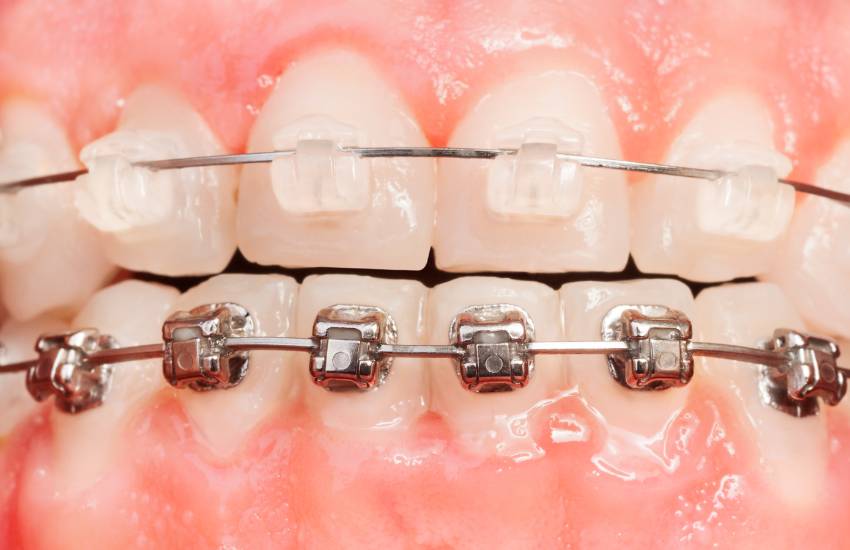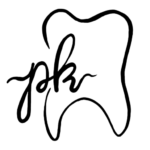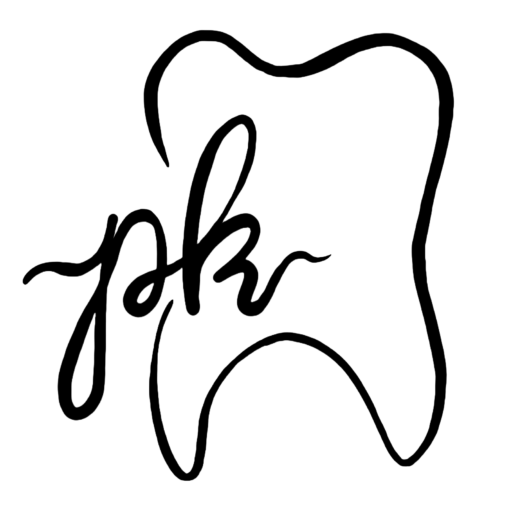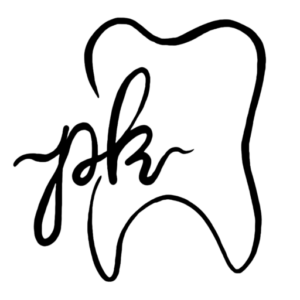Dental Braces


Call Us Today
What Are Dental Braces?
Braces are dental tools, sometimes called appliances, that help correct issues with your teeth, like crowding, crooked teeth, or teeth that are not aligned. Many people wear braces when they’re teenagers, but adults get them too. As you wear them, braces slowly straighten and align your teeth until your bite is corrected.
Orthodontic treatment is a specialized dental treatment which corrects misaligned such as crooked, rotated or crowded teeth, improper bites or abnormal jaw alignments. The most common device used in this treatment is Braces, which is used to straighten misaligned teeth and improper biting positions. Thus, Braces are used not only aesthetic but also for functional purposes.
Dental braces can be placed on individuals of all age groups, from teenagers to the elderly. However, Dentists most commonly recommend treatment between the pre-teen and teenage years since the jaw bone is flexible at this time and it’s easier to move the teeth without complications.
Types of Braces
Braces are the most popular way to straighten teeth and correct misaligned bites in children. They don’t only come in the shiny metal form of years past. Many more options are now available.
Metal/traditional braces : Traditional braces are made of metal. They include brackets that are attached to the front of your teeth or bands that fit around each tooth, as well as flexible wires, or arch wires, that hold the brackets or bands together.
Ceramic braces: Also called clear braces, these work just like metal braces, but their color matches your teeth. That makes them less noticeable (but not invisible). They’re not as durable as metal braces, which makes them easier to break, but they provide just as much correction.
Lingual braces: The brackets on these braces attach to the backs of your teeth, facing your tongue. That keeps them out of sight as they do their job.
Self-litigating braces: Made from either metal or ceramic, these braces cause less friction because they have clips built into the brackets to hold the wire. Self-litigating braces usually allow you more time between appointments.
Mini braces: These are about 30% smaller than traditional braces, but they are made of stronger stainless steel. They’re less noticeable, easier to keep clean, and work just as well as larger braces.
Give you anesthesia to numb your teeth and gums and keep you comfortable. (If you choose sedation, they’ll give you sedative medications, as well.)
Make incisions in your gums, if necessary, to expose teeth trapped in your gums or jawbone.
Carefully loosen your wisdom tooth and lift it from its socket. (They may need to divide your tooth into sections for easier removal.)
Clean the area to make sure there’s no infection.
Place stitches to close the surgical site, if necessary.
What are the benefits of wisdom tooth extraction?
Wisdom tooth removal can reduce your risk for future oral health problems, like:
Gum disease.
Tooth decay.
Damage to neighboring teeth.
Bone loss.
Jaw damage.
If you’ve already developed pain because of your wisdom teeth, then extraction can often ease discomfort almost immediately and get you back on track to better oral health.
How do Braces function?
Since each case is different, orthodontic braces work differently on every individual, depending on the initial tooth positions, jaw alignment and results to be achieved. Different components of the Braces perform different functions and ultimately band together to achieve a beautiful smile over individual time.
Benefits of getting Dental Braces : It’s easier to maintain good oral hygiene when teeth that are properly aligned. It is more difficult to remove plaque around crooked or crowded teeth which leads to buildup of a hard white substance called calculus. Calculus leads to development of periodontal disease or gum disease, which weakens the tooth and eventually causes them to fall out. Thus, along with improving your aesthetics, orthodontic treatment also lowers the risk of getting oral disease.
Some risk factors associated with crooked teeth include:
- Tooth decay (caries)
- Gum or periodontal disease (gingivitis and periodontitis)
- Temporomandibular joint dysfunction (TMD)
- Migraines and constant Pain in temple region due to improper bite
Painful chewing or speaking
Greater chance of wearing down enamel - Mobile teeth
- Tooth loss
How Long Will I Have to Wear Braces?
Expect to wear braces for about 2 years, but keep in mind that this varies every person to person. You could have yours for less than a year or up to 3 years. The time it takes for braces to fix your problem depends on a few things, including:
How severe your problem is
The amount of space in your jaw
Your overall oral health
How closely you follow your orthodontist’s instructions
After braces come off, you will need to wear a retainer. Your retainer will help keep your newly positioned teeth in place. If you don’t wear it, your teeth can shift back to their previous teeth position. You will wear it all the time for the first 4 to 6 months. After that, you will only wear it in bed. How long you will have to keep wearing your retainer depends on your orthodontist’s recommendation; you may need to wear your retainer for the rest of your life to keep your teeth in proper alignment.
Your orthodontist will want to check your progress about every 4 to 8 weeks, depending on the treatment stage. At your appointment, orthodontist will either tighten or loosen your braces. These adjustments will cause you some discomfort for a day or two. Over-the-counter pain medications can help your pain.
FAQs
Ans: Dental braces are orthodontic devices used to straighten and align teeth. They consist of brackets, wires, and bands that apply gentle pressure to gradually move teeth into their correct positions.
Ans: The main types of dental braces include traditional metal braces, ceramic braces, lingual braces (placed on the back of the teeth), and clear aligners (like Invisalign). Each type has its own benefits and is chosen based on your orthodontic needs and preferences.
Ans: The duration of orthodontic treatment varies depending on the complexity of your case. On average, braces are worn for 18 to 24 months. Your orthodontist will provide a more accurate timeline based on your specific needs.
Ans: While braces can cause some initial discomfort and sensitivity, especially after adjustments, the pain is generally manageable with over-the-counter pain relievers. The discomfort usually subsides as you get used to the braces.
Ans: You can eat most foods with braces, but it’s best to avoid sticky, hard, or crunchy foods that can damage the brackets or wires. Your orthodontist will provide a list of foods to avoid and suggest alternatives.
Ans: Braces improve the alignment of your teeth and bite, enhance oral health by making it easier to clean your teeth, and contribute to a more aesthetically pleasing smile. Correcting alignment issues can also alleviate problems with chewing and speech.
Ans: Typically, you will need to visit the orthodontist every 4 to 8 weeks for adjustments and progress checks. These appointments are essential to ensure your braces are working as planned.

